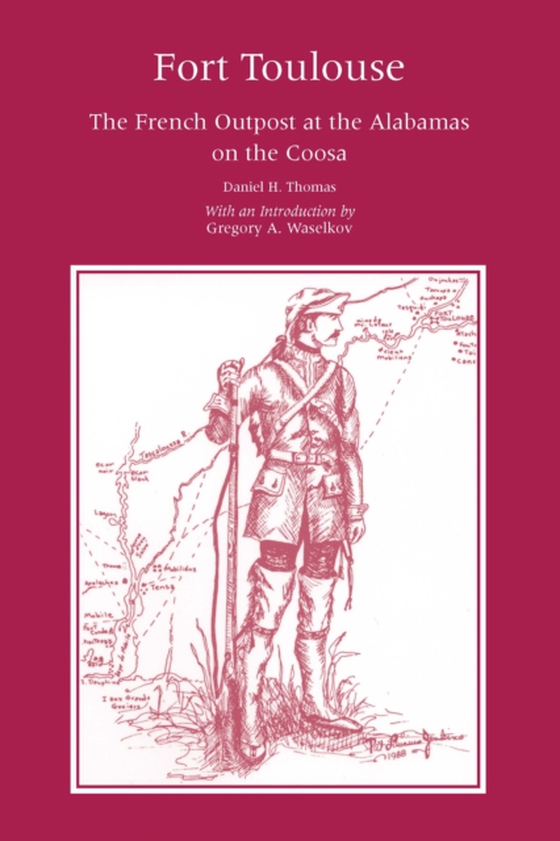
Fort Toulouse e-bog
169,58 DKK
(inkl. moms 211,98 DKK)
Situated at the head of the Alabama River system-at the juncture of the Coosa and Tallapoosa rivers-Fort Toulouse in 1717 was planned to keep the local Indians neutral, if not loyal, to the French and contain the British in their southernmost Atlantic colonies. Unlike the usual frontier settlements, Fort Toulouse was both a diplomatic post, since its officers acted as resident ministers, and a ...
E-bog
169,58 DKK
Forlag
University Alabama Press
Udgivet
1 november 2009
Længde
136 sider
Genrer
HB
Sprog
English
Format
epub
Beskyttelse
LCP
ISBN
9780817384784
Situated at the head of the Alabama River system-at the juncture of the Coosa and Tallapoosa rivers-Fort Toulouse in 1717 was planned to keep the local Indians neutral, if not loyal, to the French and contain the British in their southernmost Atlantic colonies. Unlike the usual frontier settlements, Fort Toulouse was both a diplomatic post, since its officers acted as resident ministers, and a military post. Because it was located in a friendly territory adjoining an area under a rival (British) influence, the post participated in psychological warfare rather than in blood-letting. It used trade and aid, and was familiar with spies and double-agents-welcoming and debriefing British defectors; no cannon was discharged in anger at Toulouse.The most eminent figure to have been connected directly with Fort Toulouse was General Andrew Jackson, who established a military post there during the War of 1812 after his victory over the Indians at Horseshoe Bend. The outpost was named Fort Jackson in his honor and played a key role in the treaty negotiations and eventual settlement of the Indian land by Americans.In addition to discussing geopolitical and military affairs and diplomatic relations with Indian chiefs, Thomas describes daily life at the post and the variety of interactions between residents and visitors. Waselkov's introduction places the original 1960 book within the context of the existing scholarship of that time and adds an extensive and enlightening review of the most recent archaeological and historical research to Thomas' pioneering work.
 Dansk
Dansk

